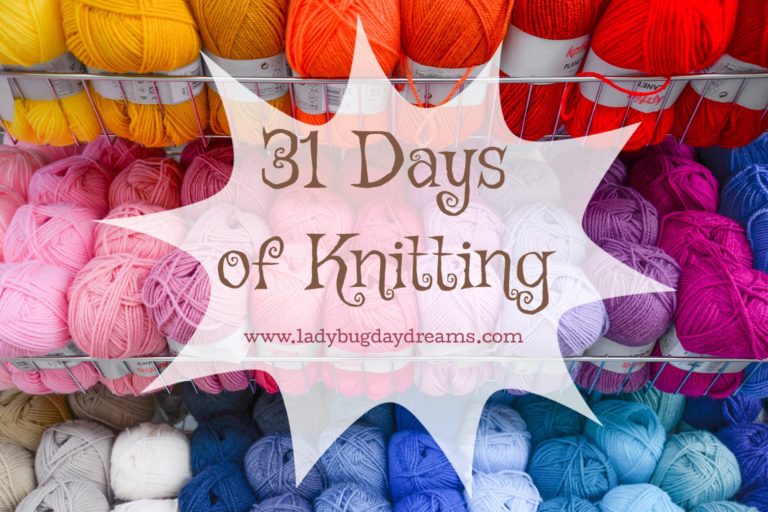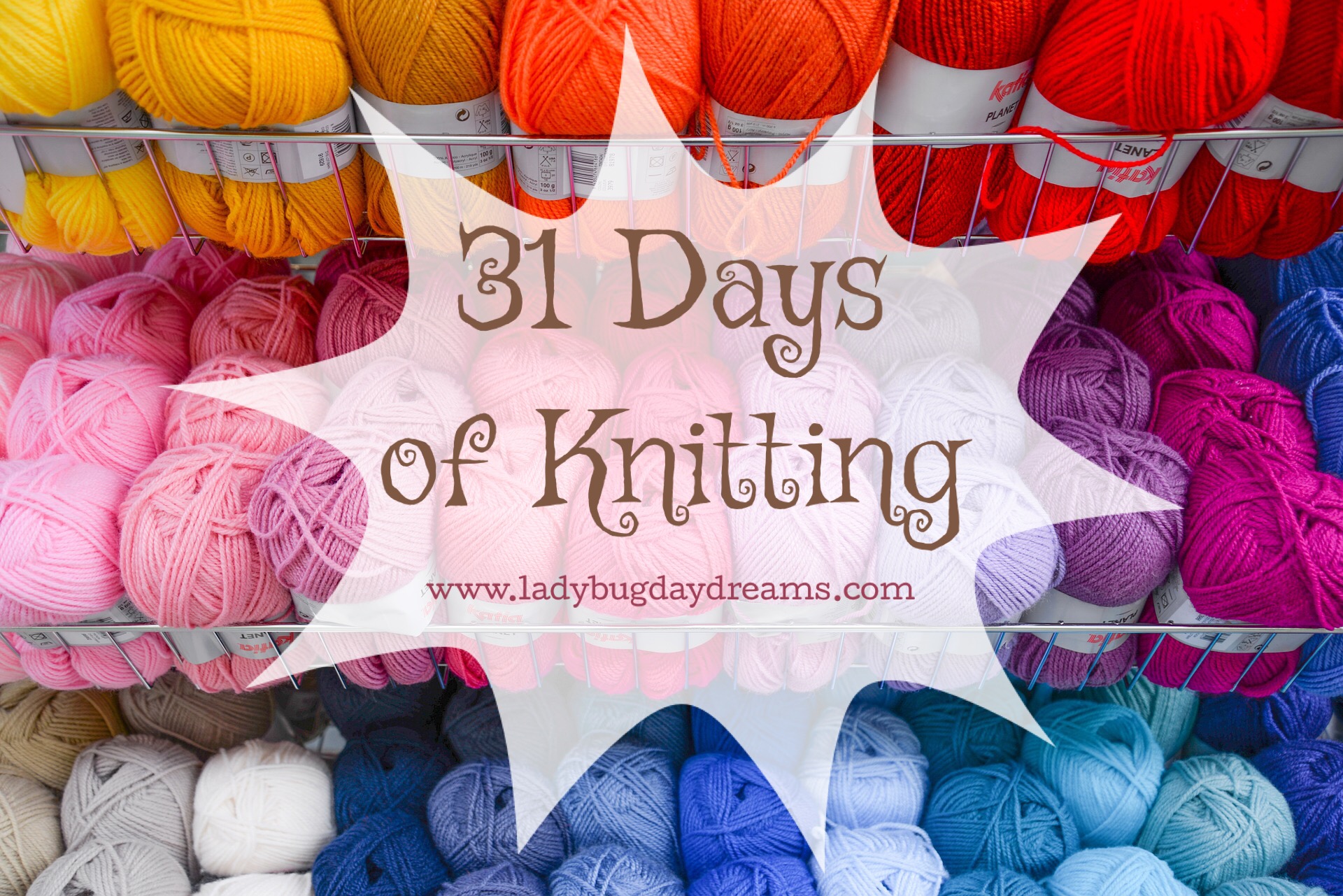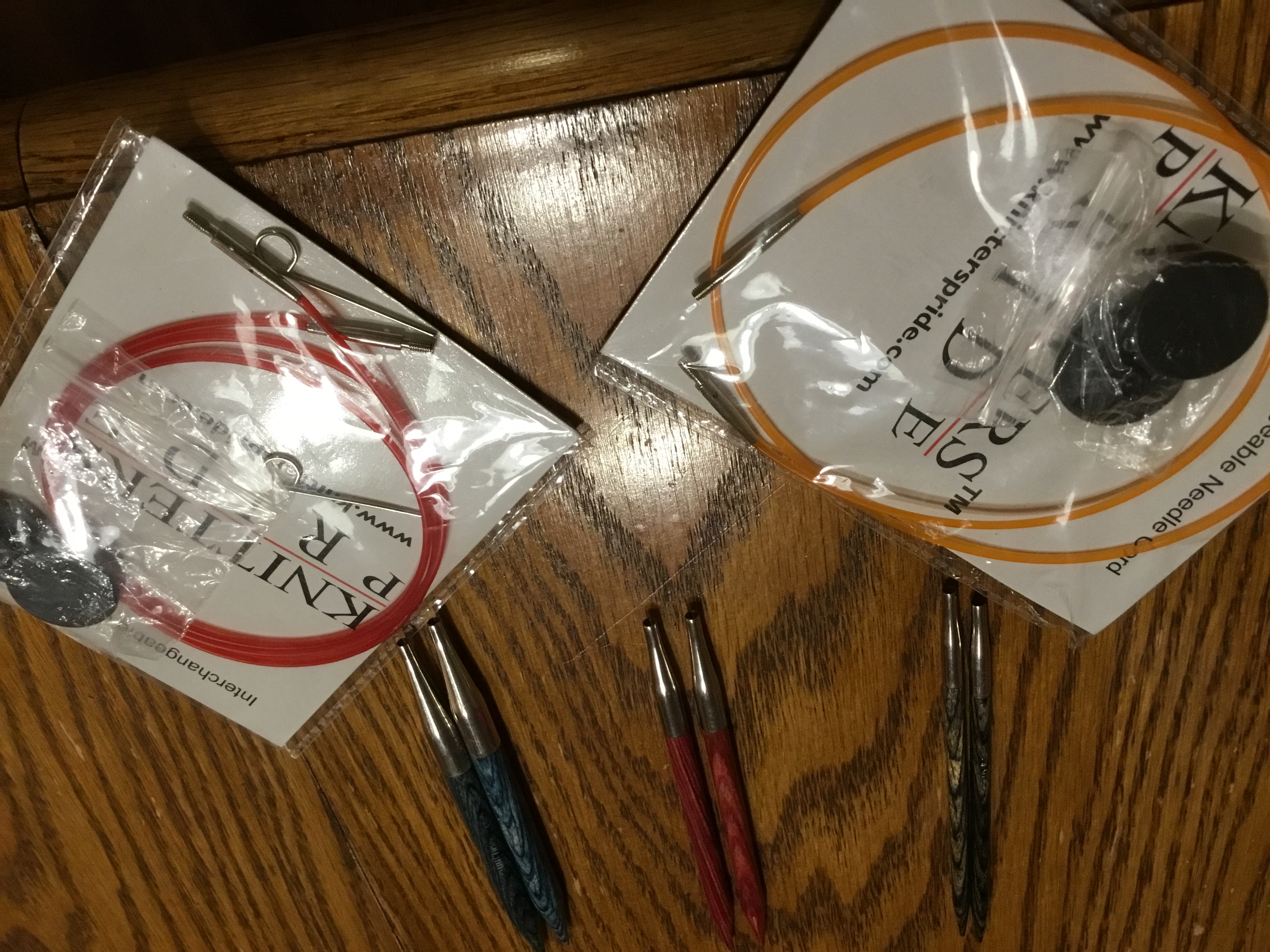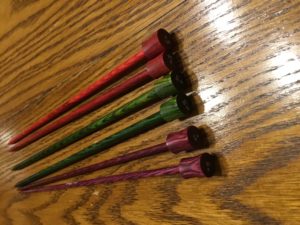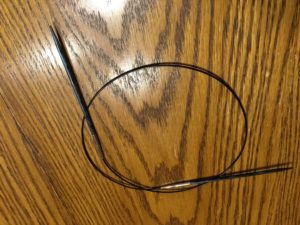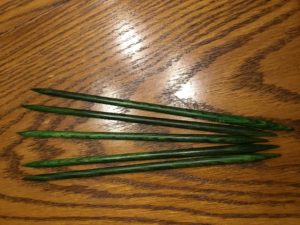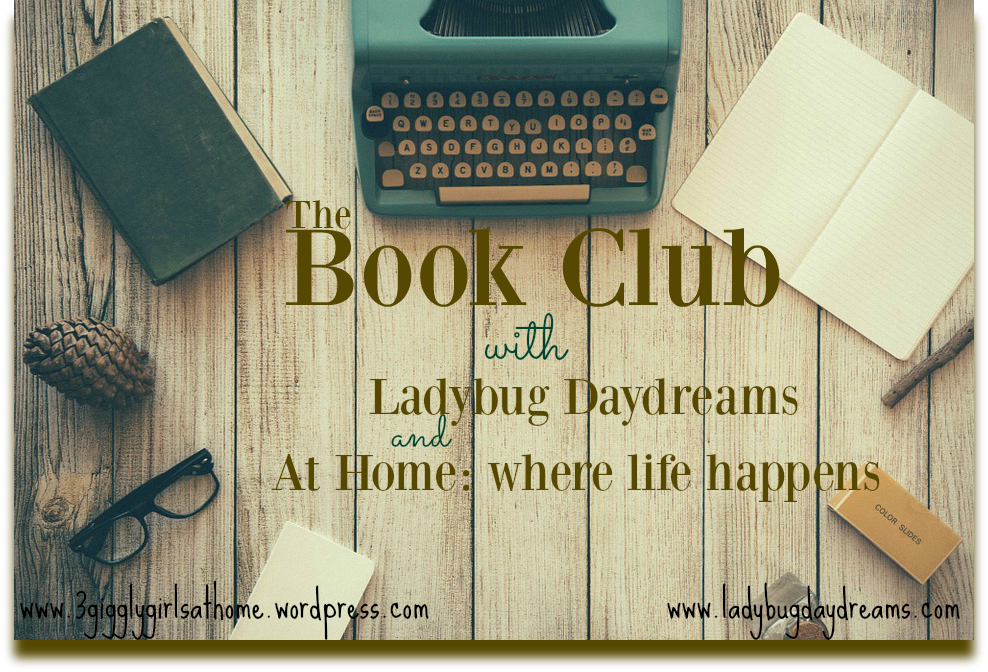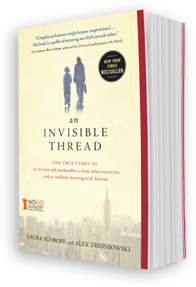Buying Yarn “Just Because”
If you like knitting or crocheting, but you don’t think in a pattern-first mentality, you might be a “yarn stasher.” This is the kind of person who goes into the yarn (or craft) shop with nothing in mind.
They might be out of yarn, but not have a new project in mind yet.
They might be having a down day and decide on a little retail therapy.
They might have come into some extra money and decided to spend it on yarn.
Maybe they’re on vacation and found a local yarn shop with fibers and/or colors specific to the area that they can’t get back home.
Or maybe they were surfing the internet and found a great deal on some yarn, too good to pass up, and decided to indulge.
In all of these cases, the person didn’t “need” yarn. (Although if you ask a knitter or crocheter, they’ll tell you that they always need more yarn!) They had some other reason for buying it, and they’ll just “stash” it until the right project comes along.
There’s nothing wrong with either method of yarn buying; it all comes down to your own personal preference and budget. And storage space, but that’s a topic for another day (tomorrow, actually). When you go shopping for yarn, do it the way you prefer. Whichever way that is, it’s the right one!
Blessings,

